On August 1, 2025, US President Donald Trump announced a significant reduction in tariffs on Cambodian goods, lowering the rate from 36% to 19%. This decision marks a major breakthrough for Cambodia’s export sector and is expected to bring positive changes to Cambodia’s economy, including the real estate market as well.
Cambodia’s economy relies heavily on exports, especially garments, footwear, and agricultural products, with the US being the country’s largest export market. According to the Office of the United States Trade Representative, the US goods trade with Cambodia totaled an estimated $13 billion in 2024, while the US goods exports to Cambodia in 2024 were $321.6 million, up 4.9 percent ($14.9 million) from 2023.
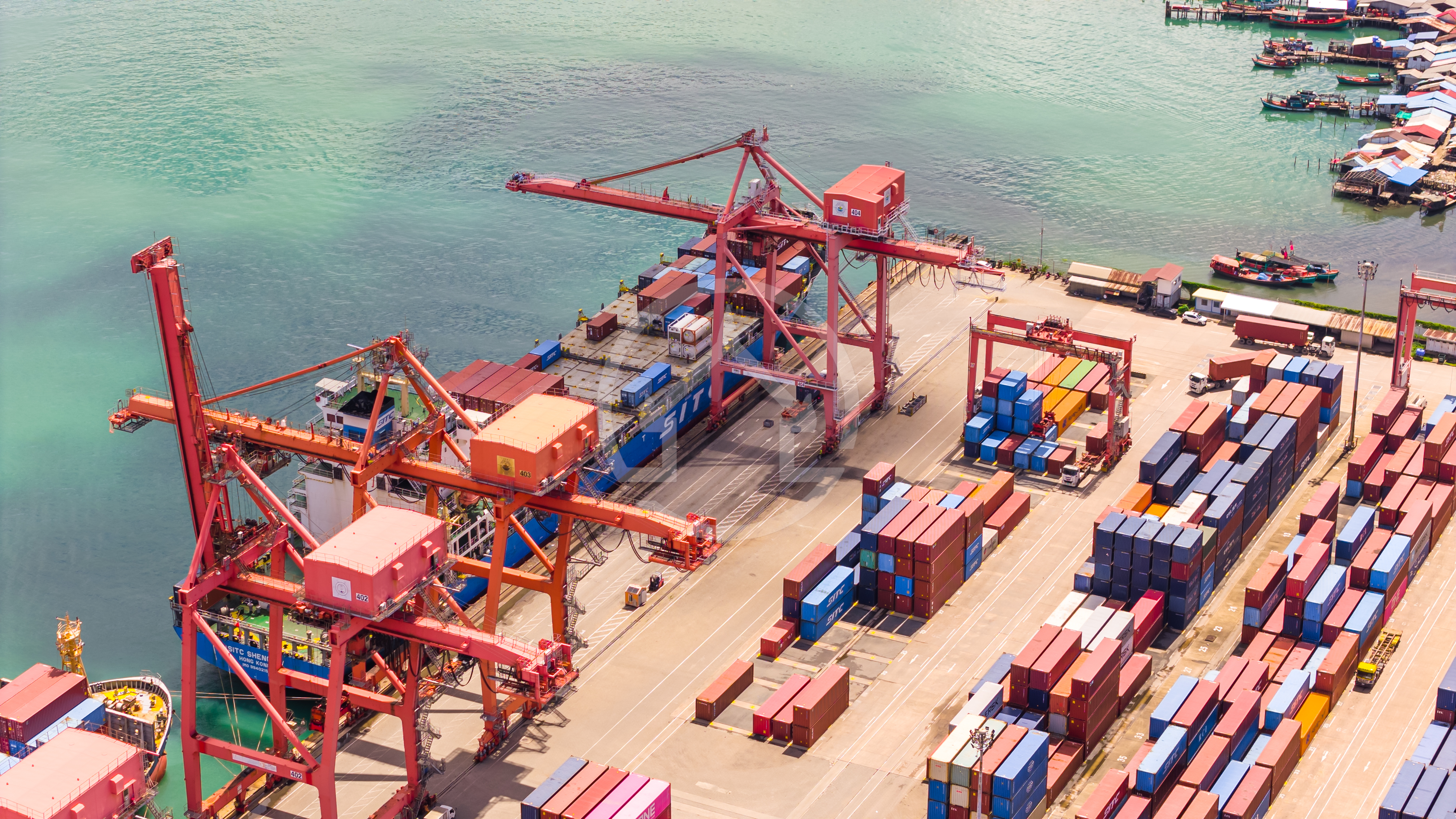
When President Trump initially imposed high tariffs, including a 49% rate in April 2025 and later a 36% rate, it created challenges for Cambodia’s exporters. These tariffs increased costs for Cambodian goods in the US, threatening factory jobs and economic growth. The reduction to 19% is a big relief. It makes Cambodian products more competitive in the U.S. market, as they will now cost less for American buyers.
This change is expected to protect jobs in the country’s garment and manufacturing sectors, which employ hundreds of thousands of workers, especially women. With more stable jobs, people will have more confidence to spend and invest, which is great news for Cambodia’s overall economy.
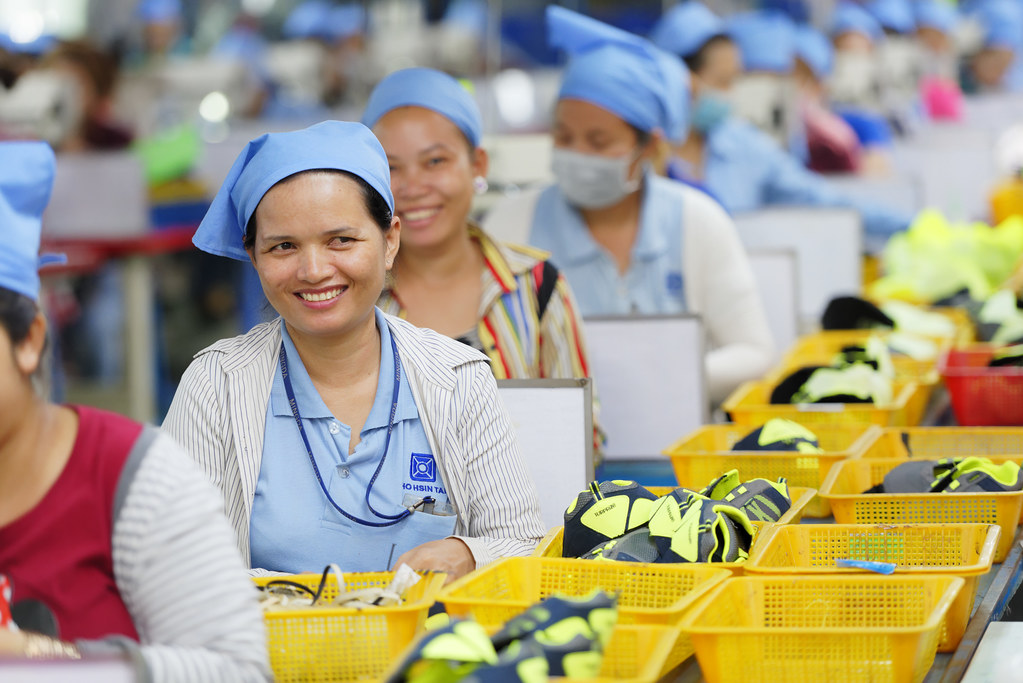
What can we expect from this reduction?
Here’s what we can expect from this tariff reduction:
First, it will boost current export revenues. When Cambodian goods are cheaper in the US, demand is expected to increase, leading to higher production and increased income for the country’s factories. This extra money will flow into the pockets of workers and businesses, increasing spending power across Cambodia.
Second, the tariff reduction signals stronger trade ties between Cambodia and the U.S. This stability can attract more foreign investors, who now see Cambodia as a resilient and expanding market.
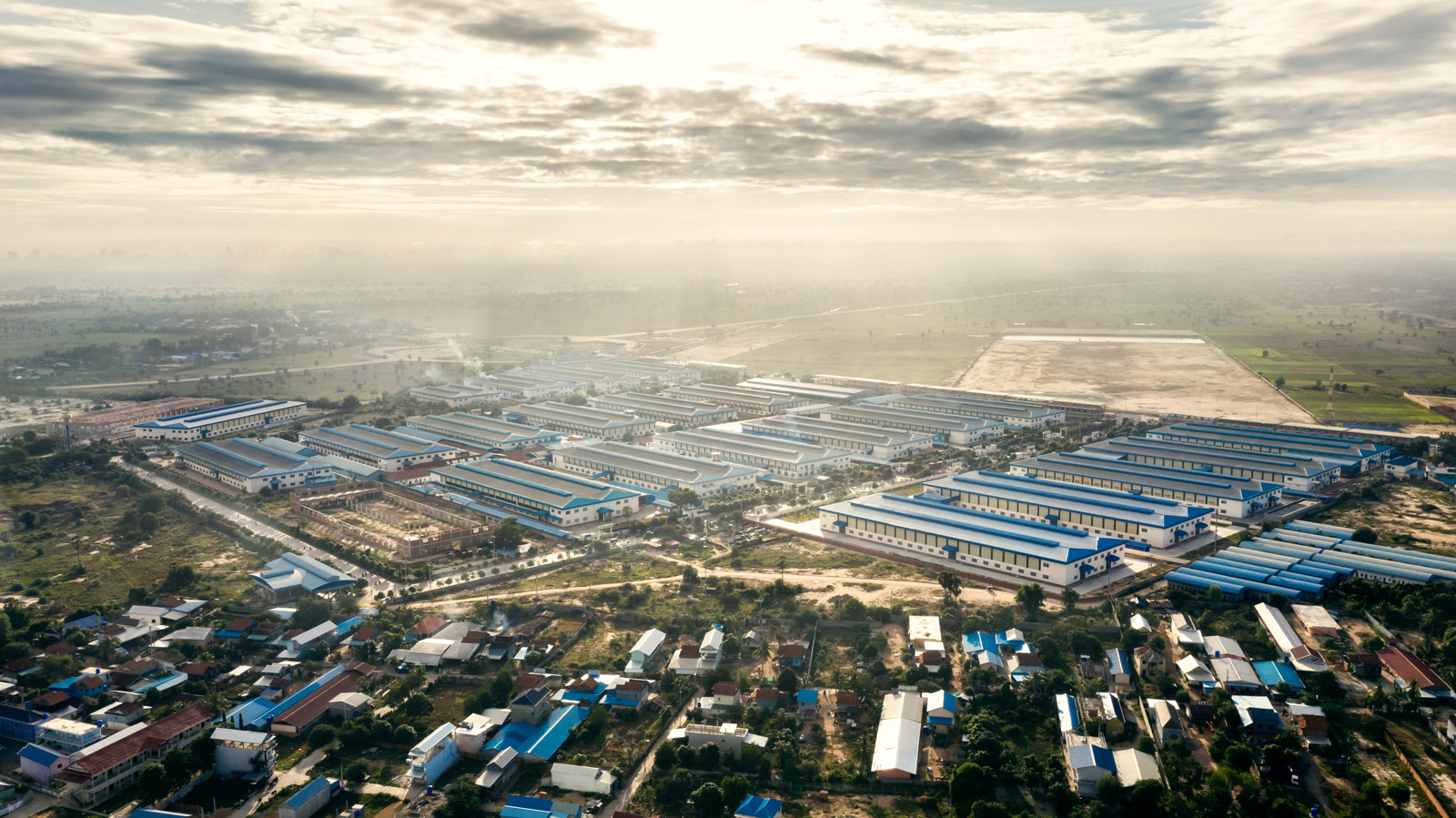
In fact, global interest in relocating manufacturing operations to Cambodia is already on the rise, as companies look to diversify their supply chains away from China and other high-cost countries. Cambodia is becoming an increasingly attractive destination due to its strategic location, competitive labor costs, and improved trade environment. The tariff cut further strengthens Cambodia’s position as a regional manufacturing hub, which could result in more factories, more employment, and an increasing demand for worker housing and commercial infrastructure.
Moreover, this move reduces the risk of an economic slowdown. Earlier high tariffs have raised fears of mass layoffs and a potential economic recession. By lowering tariffs, President Trump has helped ease these concerns, providing businesses and workers more certainty and stability.
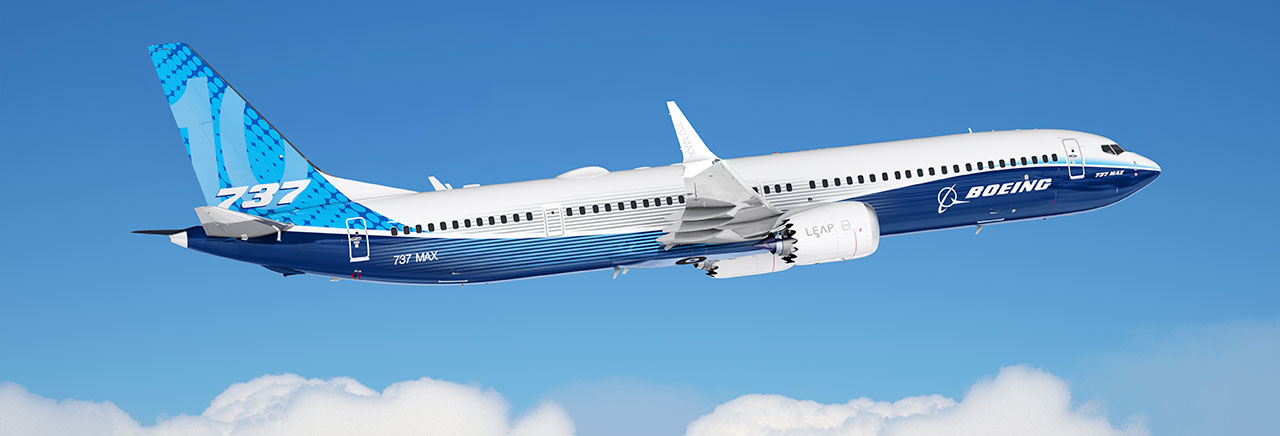
Adding to this, Deputy Prime Minister Sun Chanthol has recently announced a groundbreaking deal, which is the purchase of 10 Boeing aircraft for Air Cambodia, with the first delivery scheduled for 2031.
Recommended Reading: The Launching of Cambodia’s Latest Techno International Airport
This historic move not only modernizes Cambodia’s aviation sector but also signals long-term confidence in Cambodia’s growth, connectivity, and global engagement. The expansion of Air Cambodia could stimulate tourism, increase business travel, and create new demand for hospitality and airport-related real estate developments as well.

.png_D6F2gjt.png)

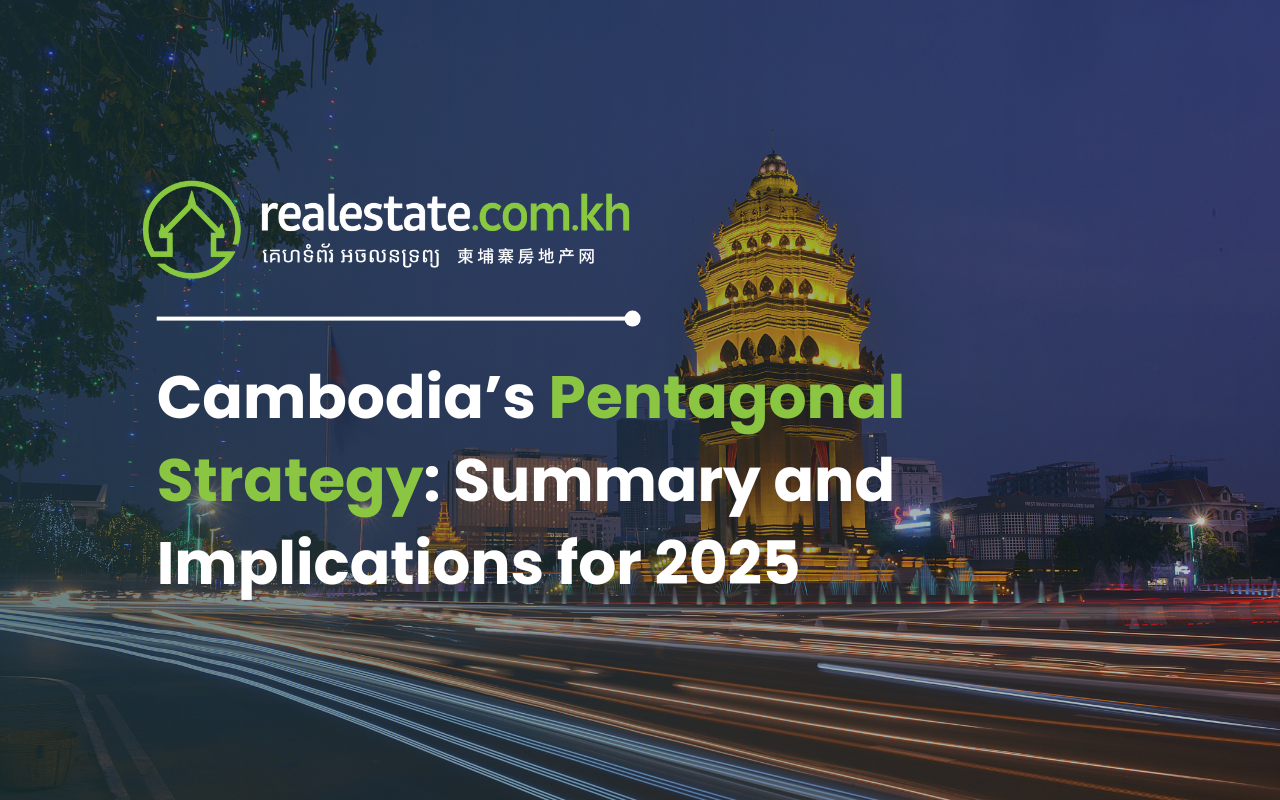

Comments